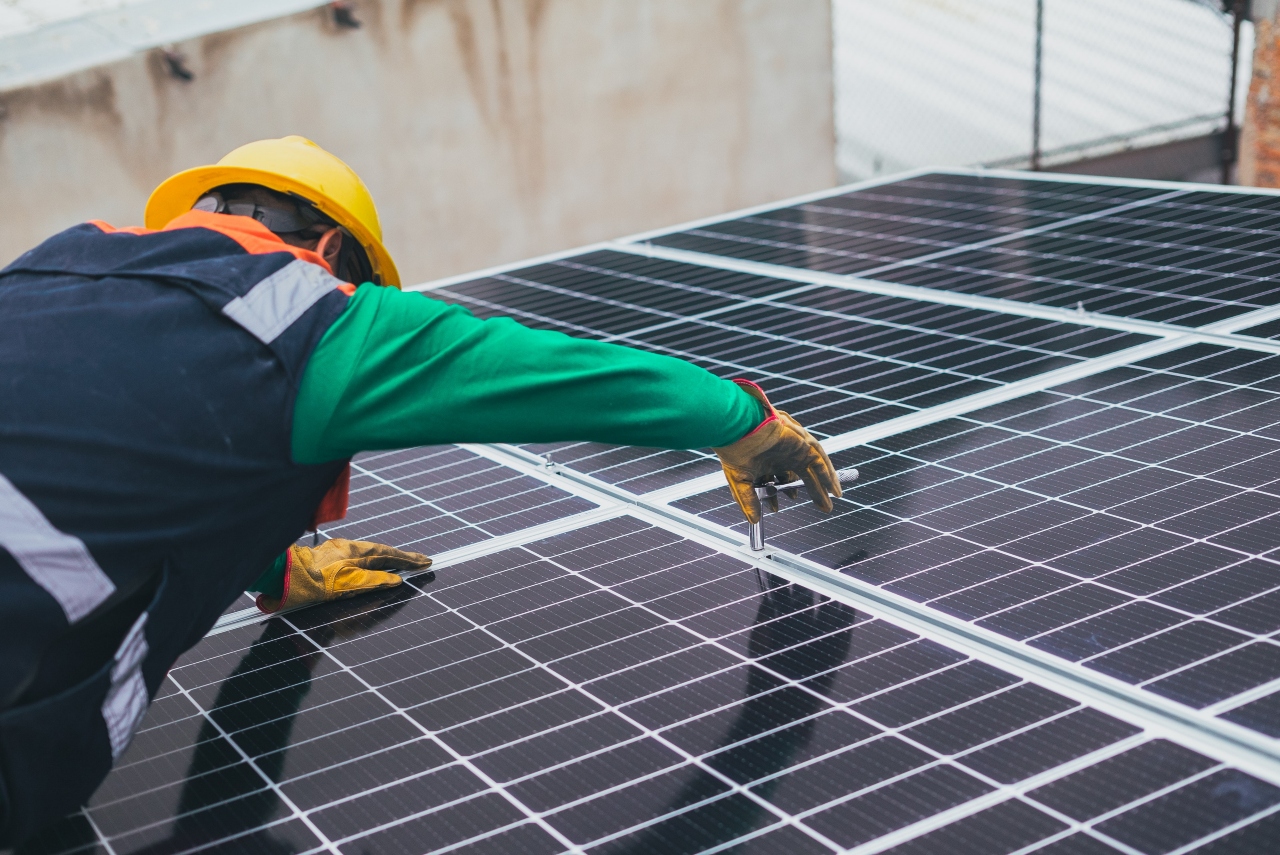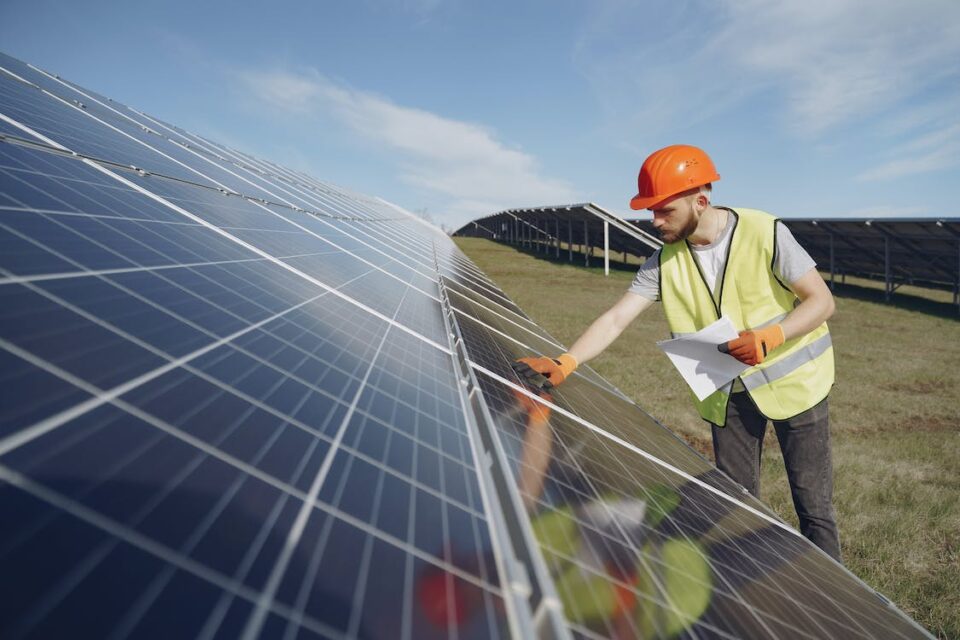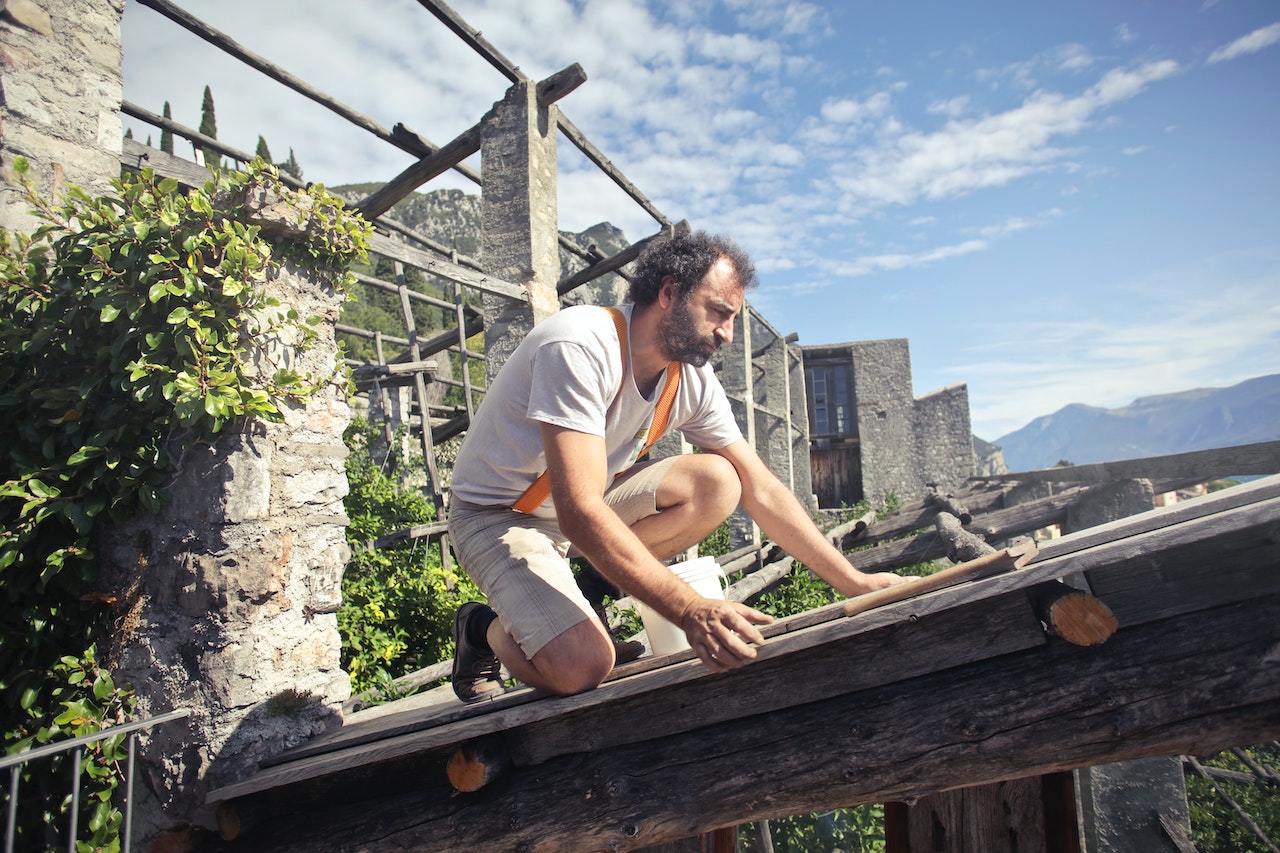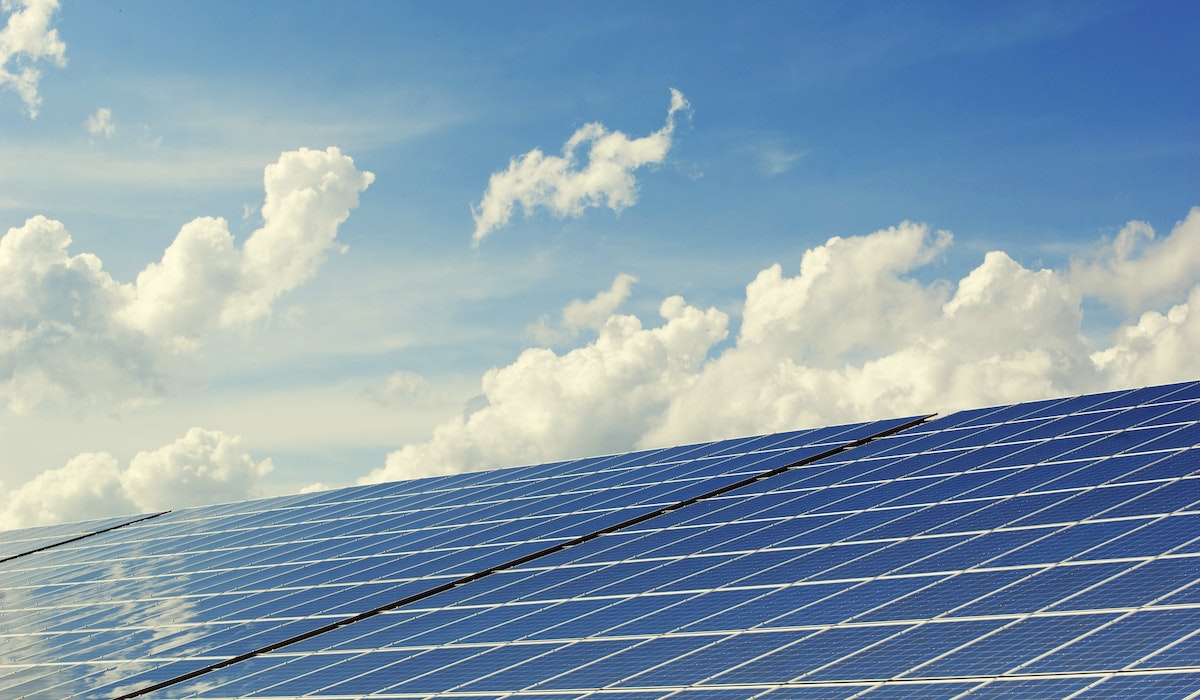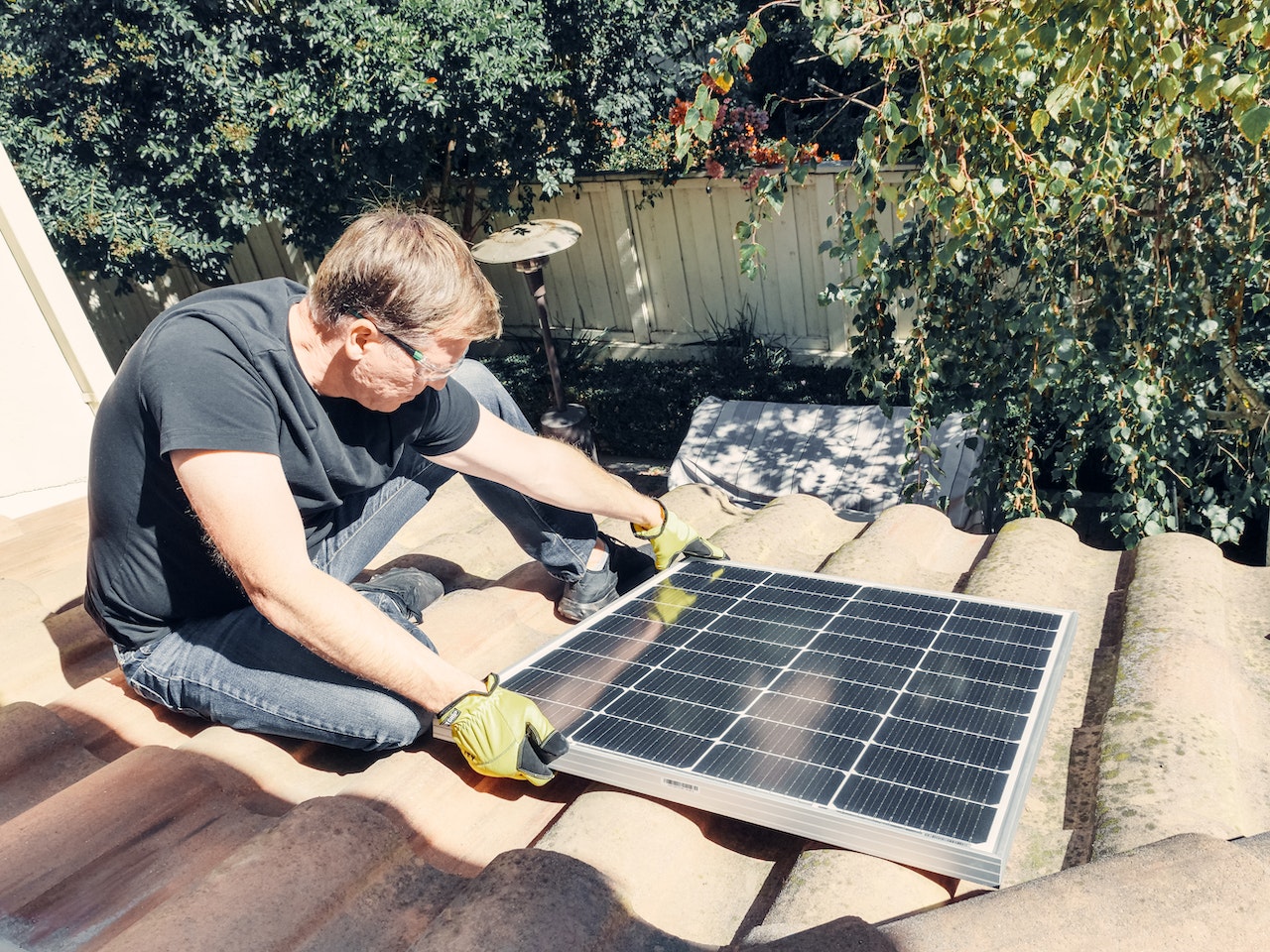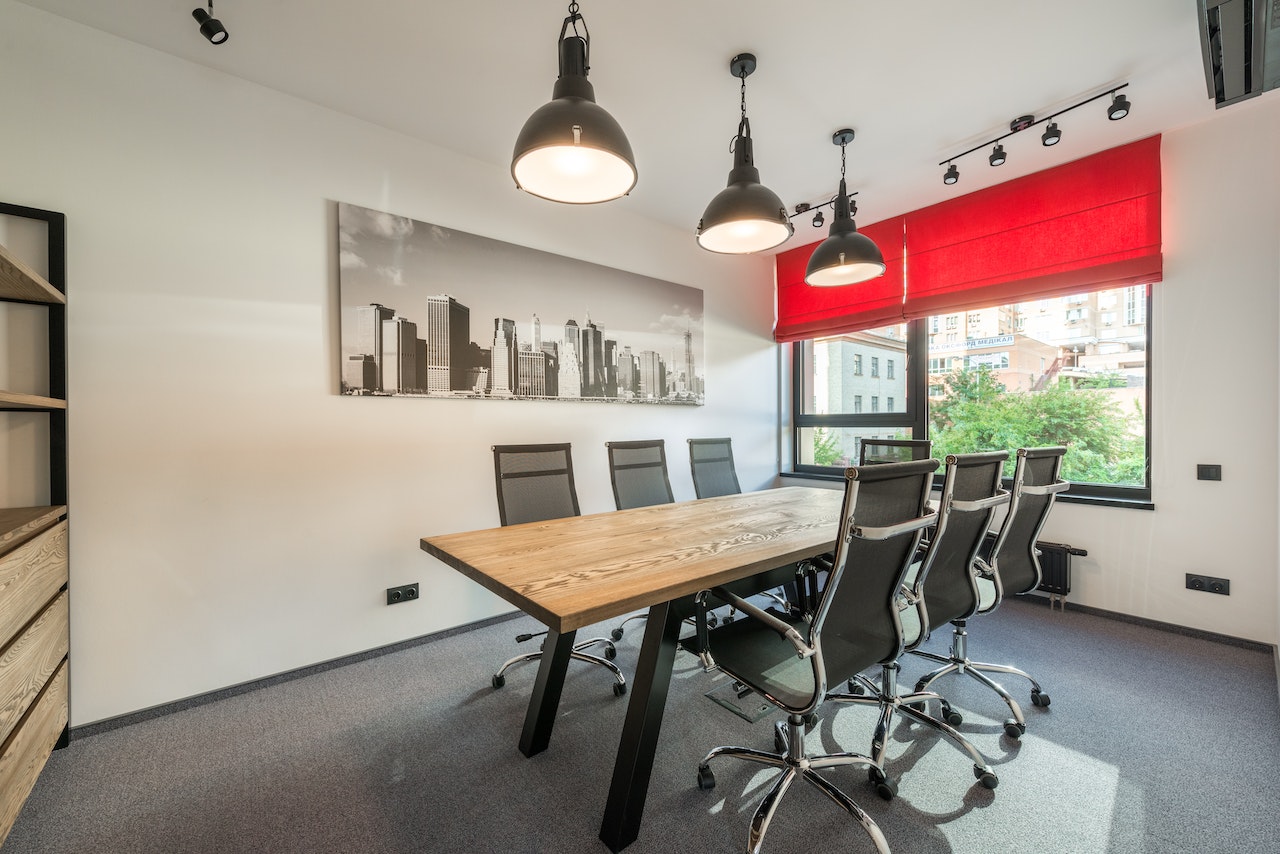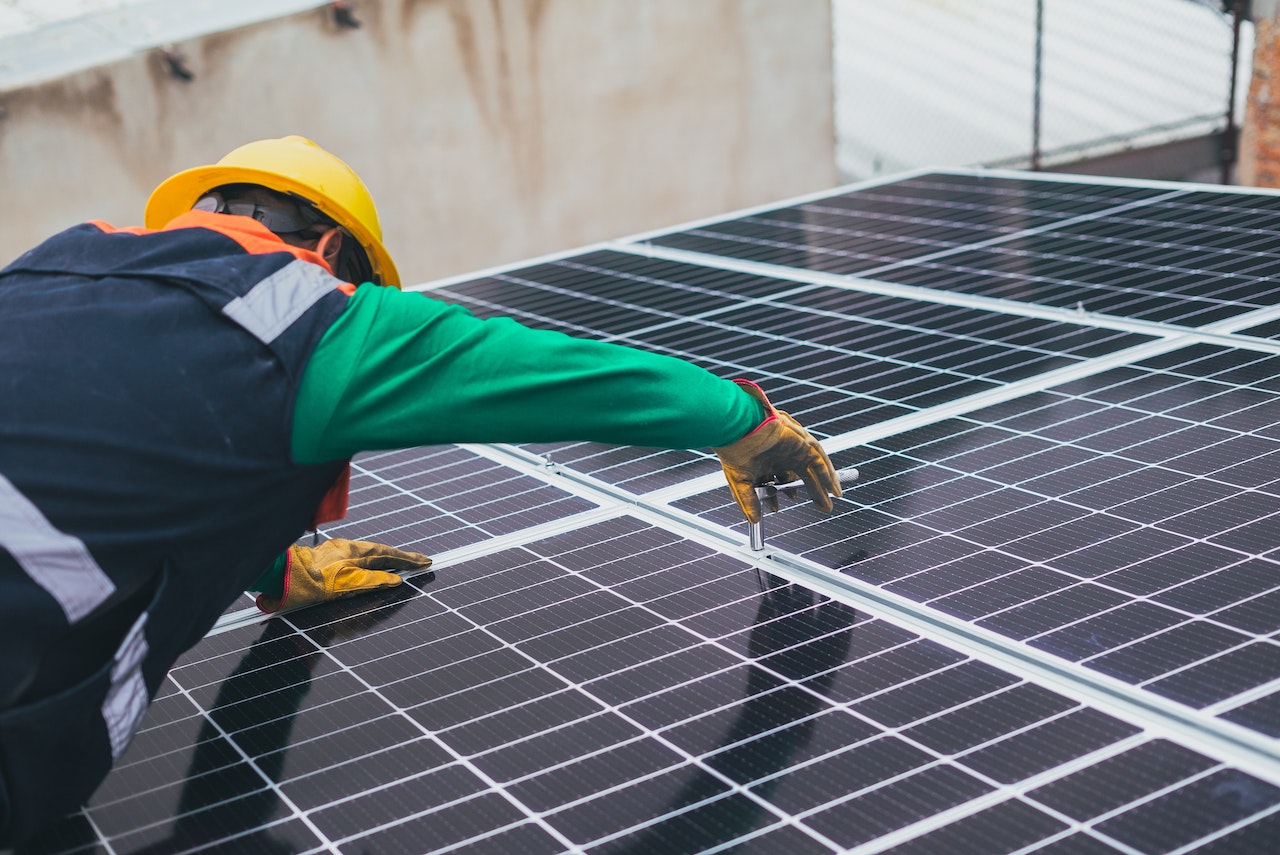
Whenever we think about solar panels, the first things that come to mind are longevity and reliability. In order to get the most out of your solar system, it needs to serve you well for many years, without issue. In general, PV modules are durable, sturdy, and can withstand harsh conditions. With the ability to withstand even a hurricane, they can serve their owner for well over 25 years. With all that said, it would appear that solar panels are practically indestructible. However, that isn’t entirely true. There are several common solar panel defects that can really put a hamper on their work. These, seemingly minor flaws, can have a huge impact, and cause a lot of damage. That’s why removing these defects, and using solar panel cleaning Las Vegas services, is very important. Join Peak Services as we explore how to deal with these issues.

When buying panels, make sure they uphold a high-quality standard.
Delamination is one of the most common solar panel defects
In order to stay safe and functional, solar panels are protected with a layer of tempered glass, over a plastic black sheet. All of these layers have a tight seal in order to prevent internal corrosion. But, sometimes they tend to separate, and delamination is the name of that process. It can lead to corrosion and eventually, failure of your PV module. There are many reasons for delamination, from bad quality and poor manufacturing to high temperatures.
In most cases, delamination happens in warmer climates, and semi-flex panels are especially prone to damage. You really can’t do much when this happens. Even if you use reliable commercial solar panel cleaning services, the problem isn’t due to poor maintenance. When you see bubbles and creases in the plastic surface, that’s when you know that you’re dealing with lamination. If you spot it, you need to contact your installer.
Pest birds can cause a lot of damage to your PV modules
Solar panels are a very popular piece of real estate among birds and squirrels. This doesn’t come as a surprise when you consider the benefits your PV modules can bring them. Solar panels offer a covered and secluded spot for pest birds and other critters to nest in. This can be a huge problem once you think about the damage they can do to your panels and wiring. In addition, their droppings and other refuse can cause even more problems. From your roof structure and facade deteriorating, to direct health hazards. If you find birds nesting around your solar modules, immediately call upon solar panel pigeon control Henderson. They will efficiently remove the pests, and clean the entire area to the highest standard. You can then protect your panels with wire meshes and other non-lethal deterrents. As much as you may love animals, the safety of your panels comes first.

Most solar panel defects are a result of bad handling
Bad handling can cause microcracks
Microcracks are among the most common solar panel defects. Usually, they happen during production and assembly. The problem is, that they can be very hard to spot with the naked eye. Over time, they grow in size, and by the time you can see them, it is too late. Producers test each panel for cracks before shipping. However, the common cause of microcracks is poor shipping or installation. You can easily prevent them by picking up your panels from a warehouse yourself and wrapping them in blankets or foam individually.
Do your best to avoid mistakes when installing solar panels, as this too can cause them to crack. Some PV modules are more prone to cracking than others, no matter how careful you are. Sometimes, microcracks won’t cause any issues. But at other times, your solar panels may experience a drop in efficiency or even hot spots.
Hot spots are defects that reduce the lifespan of a solar panel
Microcracks, dirt, and overshadowing can all lead to hotspots. When sunlight hits a panel, it should be converted into electricity. But if the resistance of one solar cell rises, it starts to heat up the panel. This increased heating of one cell compared to others is called hot spot heating. Early detection of hotspots can only be done with an infrared camera. But as time passes, this defect can become visible to the naked eye, as the problematic cell starts to turn brown.

Make sure to frequently inspect your panels for hotspots
For example, if you don’t clean your solar panels often, the heat they receive won’t be distributed evenly. Some parts will receive more sunlight and thus, produce more energy to compensate. The same happens if a part of your panel is in the shade. A disbalance will occur which can lead to hotspots. Affected panels should be replaced immediately, as they can be a fire hazard.
Low-quality panels cause snail trails to appear over time
If you notice short, thin, dark lines on the surface of your solar panel, know that you’re dealing with snail trails or worm marks. For added clarity, they have nothing to do with actual snails or worms for that matter. They can appear a few years after the installation, usually along the edges, and in the spots where microcracks are. The main reason why you may discover snail trails is the low quality of your modules. They’re a product of oxidation, which can occur due to microcracks, or a defect in the metallization paste.
The good news is, snail trails only impact the looks of your module and not the appearance. You can spot them if you perform regular and thorough maintenance on your panels. However, since they can be caused by microcracks, if you spot them, it wouldn’t be a bad idea to have your PV module thoroughly inspected.
